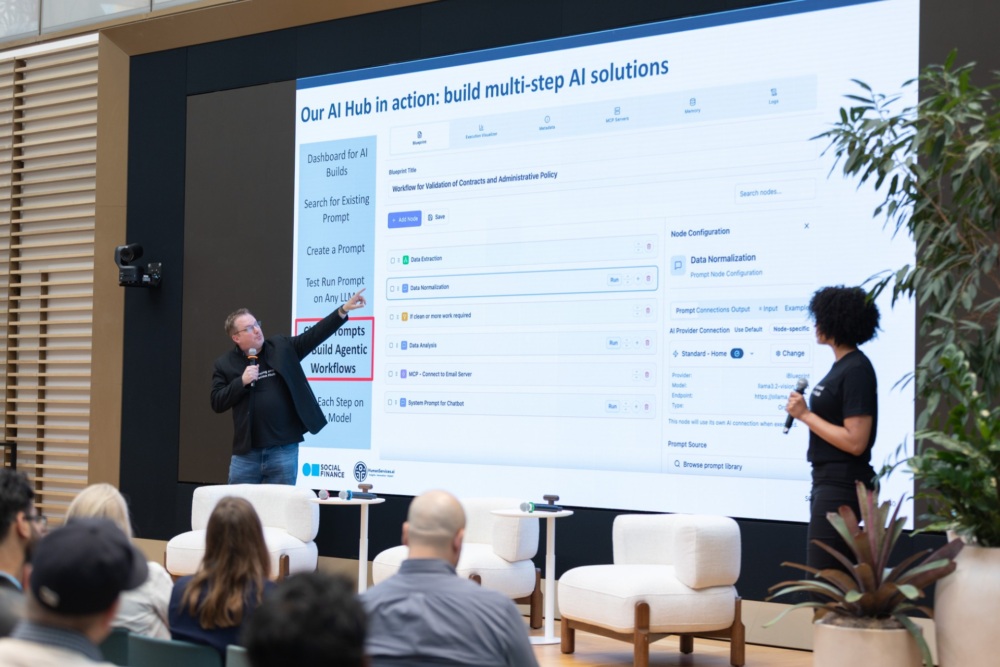

Public Sector Solutions, Workforce & Economic Mobility
Key Takeaway
When faced with layoffs and a shifting economic landscape, Workforce Development Boards can play a critical convening role across employers and workforce stakeholders.
Individual job loss destabilizes people, households, and communities. When a major layoff happens, the impacts are even more sweeping and helping people get back to work becomes even harder.
This scenario unfolded in Ventura County, California, in June 2023 when the last remaining state-run juvenile justice facility closed in accordance with a directive from Gov. Gavin Newsom.
To understand the effects of the closure on employees, youth formerly housed at the facility, and the broader community, the Workforce Development Board of Ventura County (WDBVC) partnered with Social Finance to conduct a formal impact assessment.
The WDBVC supports county businesses voluntarily seeking support with large-scale staffing changes. While employers are not required to collaborate with the WDBVC, per the Worker Adjustment and Retraining Notification Act, the organization does provide services that together constitute the logical first step for local businesses starting the layoff process.
Here, explore what we learned in our partnership with the WDBVC, along with our recommendations for how the WDBVC and other workforce boards can improve their responses to future large-scale layoffs.
Assessing the Impact
We began our assessment by conducting over 20 interviews with employers, service providers, staff, board members, and state and county criminal justice agencies. We also conducted an in-depth analysis of the outcomes of WDBVC’s Rapid Response program: a core set of services deployed by WDBVC to support laid-off employees with re-employment following large-scale layoffs and employer closures. Overall, our research indicated that many impacted groups could benefit from greater support following the layoffs—including youth transitioning out of jail and staff at county juvenile facilities (who had to accommodate additional youth after the state facility closed).
Click each icon to learn more about the impacts of the closure on different groups.
Our Recommendations
Based on the results of our impact assessment, we recommended several steps the WDBVC could take to mitigate harm in the event of future large-scale layoffs. Broadly, our recommendations sought to address what we found to be the core challenge facing the WDBVC: gaps in information sharing and collaboration between stakeholders in the workforce ecosystem.
The following recommendations are broken out into two categories:
- Services the WDBVC could consider expanding to better reach impacted populations; and
- Partnerships to improve the WDBVC’s responsiveness to the needs of the market.
A Roadmap for Cross-Stakeholder Collaboration in the County Workforce System
To present our findings, our team prepared an impact study offering actionable recommendations and strategies for WDBVC and other workforce development organizations to meet the diverse needs of communities facing economic transitions. This Impact Study provides a roadmap for workforce development agencies eager to play a leading role in convening stakeholders to shape a more proactive, informed, and holistic workforce development system.
Interested in reading the full impact study or learning more about what we found? Contact our Managing Director, Impact Advisory & Public Sector Practice, Jake Segal →
Related Insight

Building the Future of Government AI: Celebrating Our First AI Hub Cohort
From streamlining benefits applications to navigating building codes, government agencies are using AI to improve their work.